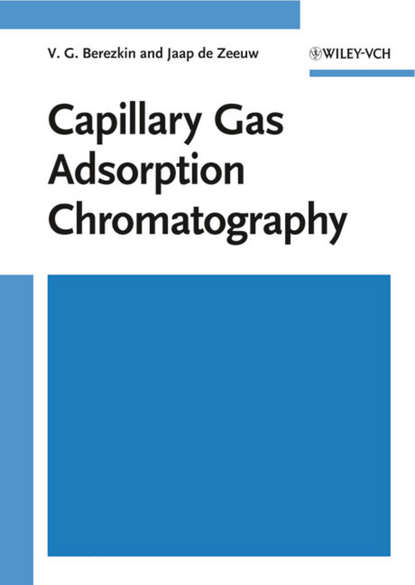“Computational Photonics” by Salah Obayya - это книга, которая исследует современное состояние в области вычислительной техники для моделирования фотонных устройств. Автор предоставляет всеобъемлющий обзор современных методов численного моделирования для проектирования фотонных устройств для использования в современных оптических телекоммуникационных системах. В книге также представлена современная технология вычислительной фотоники, охватывающая такие методы, как полновекторное конечное элементное распространение луча, двунаправленное распространение луча, альтернативное направление с комплексным профилем, метод с конечным разностным временем, многомасштабное время и метод с конечным объемом во времени. Книга помогает читателю понять концепции моделирования, анализа, проектирования и оптимизации характеристик широкого спектра фотонных устройств путем создания собственного численного кода с использованием этих методов. Ключевые особенности книги: содержит подробное представление современного состояния вычислительной техники для фотоники; охватывает как частотные, так и временные методы, подходящие для широкого спектра фотонных устройств; рассматривает существующие коммерческие программные продукты.
Электронная Книга «Computational Photonics» написана автором Salah Obayya в году.
Минимальный возраст читателя: 0
Язык: Английский
ISBN: 9780470667071
Описание книги от Salah Obayya
This book explores the state-of-the art in computational modelling techniques for photonic devices In this book, the author provides a comprehensive coverage of modern numerical modelling techniques for designing photonic devices for use in modern optical telecommunications systems. In addition the book presents the state-of-the-art in computational photonics techniques, covering methods such as full-vectorial finite-element beam propagation, bidirectional beam propagation, complex-envelope alternative direction implicit finite difference time domain, multiresolution time domain, and finite volume time domain. The book guides the reader through the concepts of modelling, analysing, designing and optimising the performance of a wide range of photonic devices by building their own numerical code using these methods. Key Features: Provides a thorough presentation of the state-of-the art in computational modelling techniques for photonics Contains broad coverage of both frequency- and time-domain techniques to suit a wide range of photonic devices Reviews existing commercial software packages for photonics Presents the advantages and disadvantages of the different modelling techniques as well as their suitability for various photonic devices Shows the reader how to model, analyse, design and optimise the performance of a wide range of photonic devices by building their own numerical code using these methods Accompanying website contains the numerical examples representing the numerical techniques in this book, as well as several design examples (http://www.wiley.com/go/obayya_computational) This book will serve as an invaluable reference for researchers, optical telecommunications engineers, engineers in the photonics industry. PhD and MSc students undertaking courses in the areas of photonics and optical telecommunications will also find this book of interest.



















